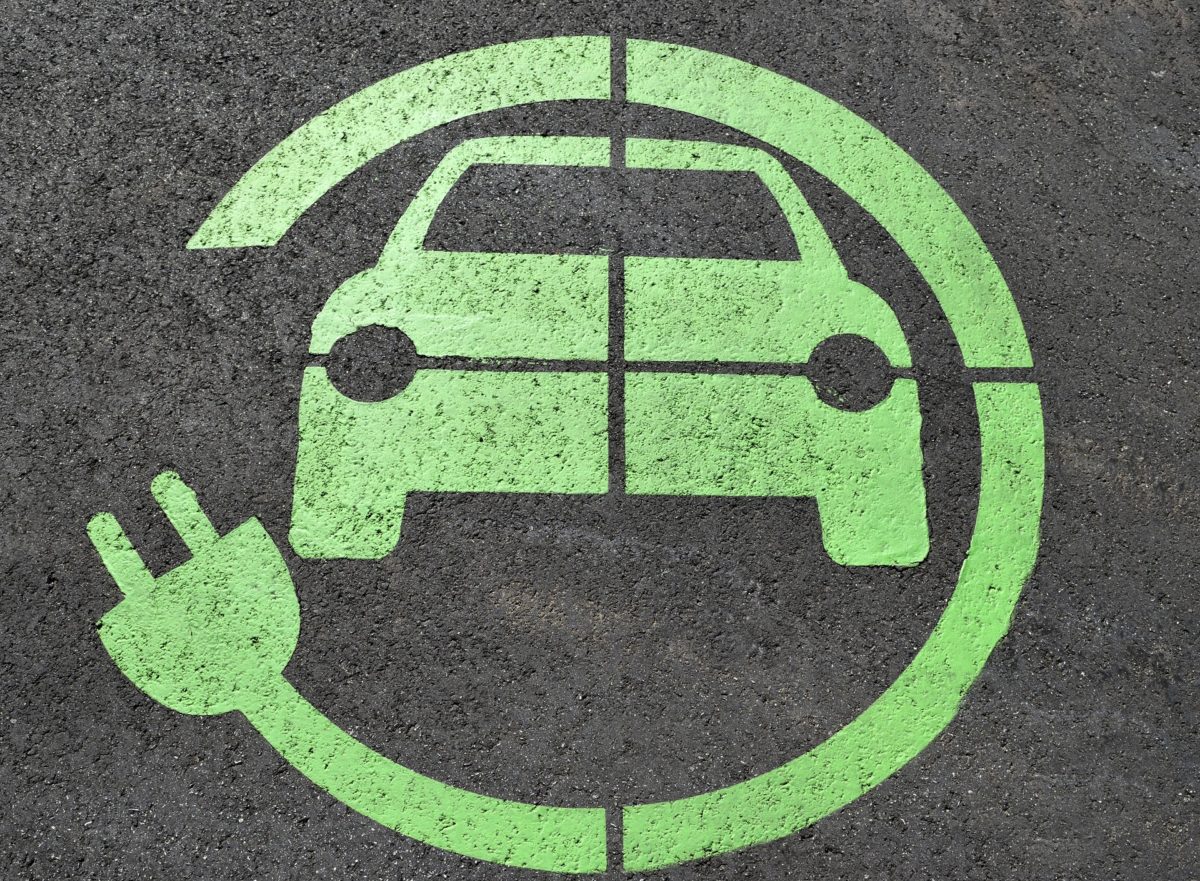As Europe moves towards its decarbonization targets with sales of internal combustion engine cars to be banned at various points between 2030 and 2035, and alternative fuels no longer merely optional, gas station owners are pausing to reimagine the future of the forecourt.
 Alongside changing driving habits, our collective approach to driving is changing too. Service stations across the EU will likely be revamped to provide drivers with a whole new, consumer-friendly experience.
Alongside changing driving habits, our collective approach to driving is changing too. Service stations across the EU will likely be revamped to provide drivers with a whole new, consumer-friendly experience.
This raises several questions.
Will city centers stop selling petrol and diesel entirely? Might subscription-model pricing mean drivers stay loyal to their preferred forecourt? How will retail options change with the increased “dwell time” of EV charging?
As local governments invest in EV infrastructure and other clean fueling options, it is clear that the traditional, “stop-and-go” service stations could transform into multi-purpose destinations replete with new-look retail and leisure options.
Consumer experience
It’s forecast that European EV infrastructure boasts the most mainstream motoring potential of all clean fueling options, with 1.39 million units sold across the continent per year. This is sure to increase dwell times across forecourts as even the most rapid public EV chargers take 10 minutes to refuel a vehicle.
Forecourt station owners can capitalise on this uptake in dwell time by enhancing their retail and entertainment offering. Convenience stores will likely be transformed into multi-purpose hubs with fresh food and a fast, easy, and digitally enabled shopping experience. This could include easy payment through apps, cashless stores, and whole-basket scanning.
Whereas convenience drove previous generations of fuel buyers, it’s likely that sustainability concerns will underpin the purchasing habits of the future. It is likely stations will have to carefully curate their product offering and building out shops and cafes could offer further opportunities to improve profit margins. Some 66% of prospective EV drivers, for instance, report they would frequent retailers more regularly if they provided usable charging facilities.
Additional services will also likely take center stage, including children’s play areas, click-and-collect departments and co-working spaces.
Pump modernization
As stated, the forecourt is likely to include a mix of EV charging and other alternative fuels, which will require additional space.
One of the biggest threats to the fueling industry at the moment is petrol pump skimming, with consumers increasingly falling prey to opportunistic thieves who install devices at the pump which can retrieve payment card details. Enhanced security software at the pump can protect against this.
Other areas of pump modernization will likely also be technologically-led. This could include a consumer-friendly interface with EU languages; the ability to pay by card, app, or in-car; and digital pricing transparency.
Drivers may also soon be able to order refreshments and other items at the pump before collecting in-store. This is, currently, an emerging trend in the North American market and will likely soon hit Europe, the Middle East, and Africa.
Traditional pumps
The year 2030 will not signify the complete demise of traditional vehicles. Petrol and diesel pumps will still be required long after the switch and will still have demand in the marketplace.
The average lifespan of an European car is 12 years, which will mean that traditional pumps are needed beyond 2040. As internal combustion engine cars become less mainstream, it is likely that these pumps will be set apart from cleaner refueling, especially with an expected emphasis on sustainability across all areas of the forecourt, not just in terms of charging and refueling but in the retail and leisure offering too.
Future of Fuel
While, for the foreseeable future, traditional petrol and diesel pumps are likely to remain fixtures of the forecourt, it is expected that the petrol station as we know it will become a completely evolved consumer experience.
Station owners can take full advantage by offering bespoke food, beverage, and entertainment options while forecourt and pump modernization, and recharging subscription services, will surely become commonplace.
The rise of the alternative fueling forecourt offers massive opportunities for fuel retailers and businesses should look to double down by offering access to the plug – and the pump.
About the author: Lise-Lotte Nordholm is VP and general manager of clean energy and global platforms at fueling company Dover Fueling Solutions.
The views and opinions expressed in this article are the author’s own, and do not necessarily reflect those held by pv magazine.
This content is protected by copyright and may not be reused. If you want to cooperate with us and would like to reuse some of our content, please contact: editors@pv-magazine.com.



1 comment
By submitting this form you agree to pv magazine using your data for the purposes of publishing your comment.
Your personal data will only be disclosed or otherwise transmitted to third parties for the purposes of spam filtering or if this is necessary for technical maintenance of the website. Any other transfer to third parties will not take place unless this is justified on the basis of applicable data protection regulations or if pv magazine is legally obliged to do so.
You may revoke this consent at any time with effect for the future, in which case your personal data will be deleted immediately. Otherwise, your data will be deleted if pv magazine has processed your request or the purpose of data storage is fulfilled.
Further information on data privacy can be found in our Data Protection Policy.